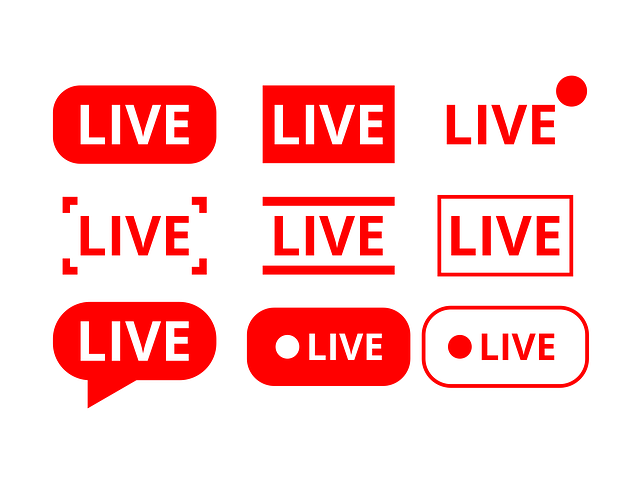When a user watches videos via the Internet, they get in touch with video streaming technology. The viewer either requests a pre-recorded video or connects to a live stream that happens in real-time.
Live streaming is highly popular as IPTV/OTT platforms for video streaming, as well as social media platforms that also have a live streaming feature.
In this article, we are talking about live streaming on video streaming platforms – how live streaming works and what technology is necessary.
If you want to create your video streaming platform, we recommend you contact Setplex. The company can offer a solution for VOD (video-on-demand) and live streaming for governments, broadcasters, educational institutions, and content creators.
How does Live Streaming Work?
When a content provider streams a live video, it is transmitted over the Internet in real-time with the help of streaming protocols. One of the important tasks is to deliver video without latencies.
Plenty of streaming protocols help in the process of a video transfer. They usually operate behind the scenes, so content providers don’t need to worry about them. But it is a good idea to familiarize yourself with what is happening under the hood.
For example:
- HLS or HTTP Live Streaming. Apple created it to deliver content to HTML5 video players.
- RTMP or Real-Time Messaging Protocol. It was used for live streaming, but now, it is necessary for RTMP ingesting from the encoder.
- RTSP or Real-Time Streaming Protocol. It sends commands like play or pause to the video player.
- SRT or Secure reliable Transport. It ensures that streaming through public networks is secure.
What Technology is Necessary for Live Streaming?
You will need various equipment and software for the live-streaming process. The necessary technology shall include an encoder, a transcoder, and CDN software.
Setting everything up for live streaming includes capturing a video from a video camera and sending it to the encoder, which ingests a video into a video streaming platform. After that, the video is delivered to a viewer with the help of CDN.
A camera captures a RAW video file which is very large and difficult to transfer over the Internet. Video encoders are necessary for solving this problem. They convert massive video files into small chunks, which makes video transmission easier and faster.
Another vital process for live streaming is transcoding. It makes possible multi-bitrate and adaptive bitrate streaming.
Multi-bitrate streaming allows users to access a rendition of a video that suits their internet connection. It concerns the quality of content. Adaptive bitrate takes into account a viewer’s internet speed. If they have a poor internet connection, this will help remove buffering.
CDN stands for Content Delivery Network. It is a group of servers distributed across the location to deliver content to consumers faster and with low latencies. These servers are distant from the place where the video is produced.
A content provider can also obtain a solution that has multiple features for better operation. For example, analytics functionality. Analytics will show you the performance of your video stream.
Video monetization options can be essential for generating revenue.
If you acquire a solution, it is better to ensure that a company can provide 24/7 support. You will be able to solve your problems faster when there is somebody to help there.
Final Thoughts
Live streaming can contribute to your revenue-generating a lot. People tend to concentrate on live streams more than other formats. It is an opportunity to communicate with your viewers in real time, ask questions and receive answers and vice versa.

